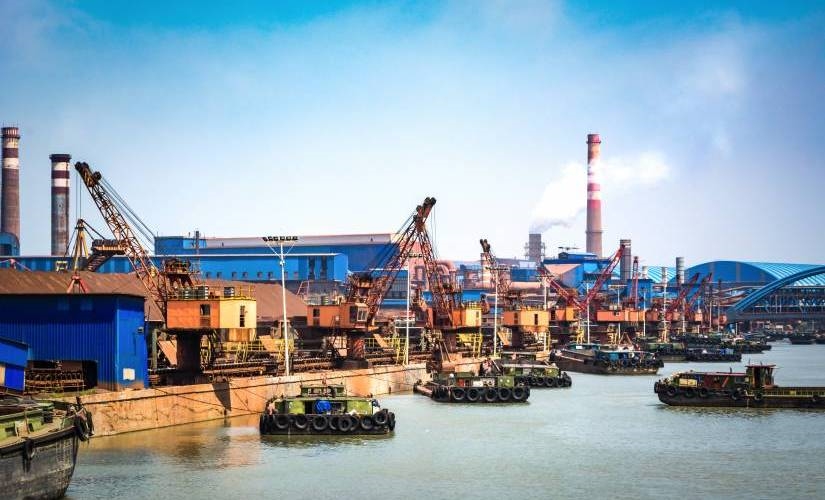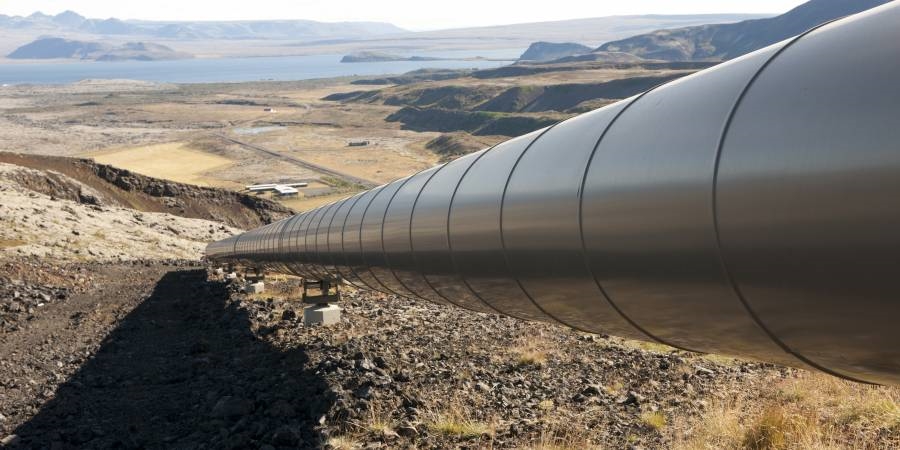IoT Tech Helps Oil and Gas Industry’s Skills Shortage
IoT Tech Helps Oil and Gas Industry’s Skills Shortage

There has been much hype about IIoT (Industrial IoT), with promises to improve efficiency, reduce risks, and increase profits. Along with the implementation of other new technologies, it’s being called the fourth industrial revolution. Experts are predicting that it will be more disruptive than any that have gone before and one of the most significant changes will be in the way we work. IoT tech helps oil and gas industry’s skills shortage.
The oil and gas industry is currently facing a skills shortage. A survey of more than 17,000 industry professionals found that 40% of respondents felt that a crisis had already hit the industry, with a further 28% expecting it to take hold in the next five years.
This is due to several factors, including skilled workers retiring or leaving the sector and a lack of younger people who want to fill those roles. The volatility of the price of oil has led to some workers deciding to seek more stable employment.
A Skills Pipeline Problem

According to HR Magazine, nearly half of employees in the sector will soon reach retirement age. They estimate that the North Sea oil and gas industry needs to recruit and train 125,000 workers in the next 10 years to replace those who will retire.
The Global Energy Talent Index (GETI) report lays the blame on cuts to graduate recruitment and apprenticeships during the oil downturn as well as young graduates now being attracted more to work in the technology sector.
Attracting New Talent to the Oil and Gas Industry
We also shouldn’t overlook the appeal (or lack of appeal) to young people of working in the oil and gas industry as a factor in the skills shortage.
According to Hannah Peet, managing director at Energy Jobline, “For many, the power industry has a reputation for being dull and old-fashioned … Young, digitally-skilled graduates don’t see energy as an exciting sector to go into. For those that do look at energy, it’s the renewables sector that catches [their] attention.”
Many young people may see working in renewables as a career path with better long term prospects as well as one which is more closely aligned with their values.
Engineering jobs in the renewable sector have continued to grow and, in some areas, they outstrip those in the oil and gas sector.
A report from the US Department of Energy (DOE) in 2017 revealed that solar energy in the US employs more people than traditional coal, gas, and oil combined. In the Electric Power Generation sector, solar energy accounts for the most significant proportion of employers, and wind energy is the third largest.
Technology Could Be Part of the Skills Shortage Solution

Automation and the use of IoT technology could help to make up for the current shortage of skilled workers. IoT applications can make the oil and gas industry more efficient, allowing companies to produce more with fewer workers.
IoT technology could also enable more employees to work from a central base rather than on-site. This would decrease the costly (and dangerous) need for engineers to travel to remote and locations. Helicopter flights to take workers to and from difficult to access sites (for example, off-shore oil rigs) can cost roughly £10,000 per flight.
Using IoT technology allows engineers to monitor equipment from a central base. Norwegian-based energy company Statoil has been exploring onshore remote monitoring of oil and gas production platforms. They work with automation control and instrumentation experts at Honeywell Process Solutions to remotely operate a periodically-manned offshore production platform in the North Sea from a control center onshore.

They hope to reduce the operating costs and improve safety at a production platform at Valemon, which sits in about 440 feet of water on the Norwegian Continental Shelf, approximately 160km west of Bergen. It’s in remote and challenging locations like this where remote working could be particularly useful.
Statoil built a brand-new control room onshore, where platform operators (the people in charge of the functioning and safety of the rig) can view a full data visualization screen. In this way, they can quickly assess any issues on the plant without needing to travel offshore.
As well as reducing costs, this can help to attract workers as they no longer have to be helicoptered to remote locations and spend weeks at a time living in cramped conditions.
“We’re not removing the operators; we’re just moving them to a better environment. And it attracts more people, especially young people,” said Paul Adamson, senior systems consultant at Honeywell.
How IoT is Currently Being Used in the Oil and Gas Industry
IoT can improve the oil and gas industry in a variety of ways. Smart sensors can be used to monitor machines so parts can be repaired or replaced as needed. This kind of predictive maintenance reduces downtime and improves safety. Machines will be maintained when they need to be (increasing safety) and only when they need to be (reducing downtime).
Safety can also be improved through environmental monitoring. Air quality sensors can be embedded in workers’ clothing, ensuring that they are not exposed to dangerous gases.
Lagging Behind Other Sectors
Currently, the oil and gas industry is the least automated industrial sector, according to Morgan Stanley and the International Energy Agency, leaving this sector with a vast scope for advancement.
So, what is preventing this sector from fully embracing new technologies? There is a mixture of things which are holding the industry back, including a lack of digital skills, an overly fixed mindset in some parts of the industry, and challenges around connectivity.
The Oil and Gas Industry Requires Robust, Remote Connectivity

Oil and gas drilling sites are usually in remote locations and often experience extreme weather conditions. From oil rigs in the turbulent North Sea to those in the baking heat of the desert, ensuring these locations have access to reliable, robust connectivity is a significant challenge. Luckily, some companies offer robust, reliable connectivity tailored to the energy industry.
Pod Group’s M2M SIM cards can come programmed with multiple networks or with multiple IMSIs (International Mobile Subscriber Identity). These SIMs automatically switch to another system if one network loses connectivity. The multi-IMSI SIMs are even more fail-safe as they have the ability to switch to a completely different network architecture if necessary.
Pod Group’s IoT SIMs are ideal for mission-critical applications and give customers the peace of mind they need when operating in remote areas where coverage can be problematic. Pod Group has agreements with over 600 networks in 185 countries and offers flexible contracts to keep even the most demanding applications connected.
A Shortage of Digital Skills
While IoT may help combat the shortage of skilled oil and gas workers, the irony is that there is also a shortage of workers with the necessary IoT and data analysis skills.
Worryingly, this skills gap seems to be increasing. Research from JBKnowlege shows that lack of IT staff was cited as the most limiting factor affecting the adoption of new technology by 36.8% of respondents in 2014 and 39.1% in 2017.
The industry has a shortage of various types of skilled workers. As in most industries, the adoption of IoT technology and further automation will lead to a reduction in some types of jobs. However, it will also lead to an increase in others and to entirely new jobs being created.

The Future of Employment in Industry
The need for manual jobs will decrease. Any process which needs to be done consistently and where there is no need to respond flexibly to situations will become automated.
There will be growth in jobs which require the types of skills which, as yet, machines are not good at. Jobs which require agile thinking, taking the initiative, management skills, and the ability to empathize.
There will be a need for skilled professionals who know how to install and work with IoT technology such as smart sensors which will transmit information from remote oil and gas sites to centralized control centers.
To survive and thrive in all sectors, not just oil and gas, employers will need to prioritize, allowing employees to develop and utilize these skills. They will replace employees who behave like automatons. Companies that do not sufficiently value the human skills that their workers bring to the table will be outpaced by those that do.
The post IoT Tech Helps Oil and Gas Industry’s Skills Shortage appeared first on ReadWrite.
(32)


